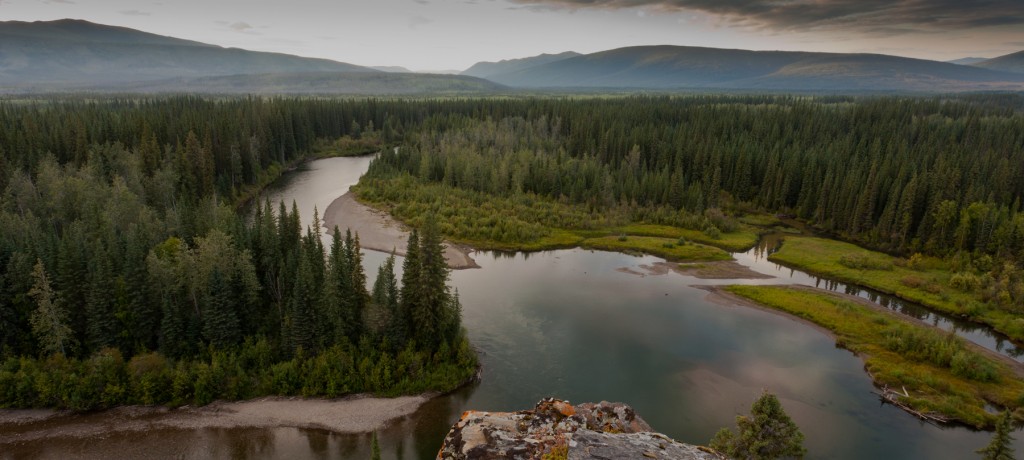Provincial governments across Canada have passed laws to regulate the landlord-tenant relationship, such as the British Columbia Residential Tenancy Act or the Ontario Residential Tenancies Act, 2006. These laws set out various legal requirements for residential tenancies, such as allowable damage deposits or notice periods for evictions, and create specific processes for resolving tenancy-related disputes. In Ontario, for instance, tenancy-related disputes must be brought before the Landlord and Tenant Board.
Residential tenancies on First Nations lands are not so straightforward. Depending on the type of lands at issue, as well as the laws passed by the First Nation, residential tenancies on First Nations lands could be subject to any of the following:
- the Indian Act;
- the common law;
- a Land Code enacted under the First Nations Land Management Act;
- provincial residential tenancy legislation; or
- some combination of the above.
First Nations may also assert other laws that inform tenancies on their lands, such as laws based on custom or inherent jurisdiction, although the status of these within the Canadian court system remains unclear.
What follows is a brief overview of the different legal frameworks governing residential tenancies on First Nations lands. However, which framework applies in a given instance is a context-dependent question. Accordingly, if you are faced with a particular legal issue, please ensure that you seek legal advice specific to your circumstances.
Reserve Lands
Courts have held that provincial legislative tenancy legislation does not apply to reserve lands((See Sechelt Indian Band v British Columbia (Manufactured Home Park Tenancy Act, Dispute Resolution Officer), 2013 BCCA 262)). Rather, on-reserve residential tenancies may be governed by a combination of the Indian Act, the common law, and First Nations Land Codes.
The Indian Act
In the case of non-Land Code First Nations, the Indian Act provides a complete regime for the possession of reserve lands. Section 28 of the Indian Act stipulates that all leases to non-members must be approved by the federal Minister or else are void. Where reserve lands are leased out to non-members absent the Minister’s approval, the resulting lease is known as a “buckshee” lease and will be unenforceable in court((See Sampson v Locations West Property Management Ltd, 1993 CanLII 1436 (Court of Appeal for British Columbia)), although the lease may still give rise to other contractual obligations((See M D Sloan Consultants Ltd v Derrickson, 1991 CanLII 368 (Court of Appeal for British Columbia)).
Section 20 of the Indian Act sets out the requirements for the possession of reserve lands by band members. Under section 20, band members may only be in lawful possession of reserve lands where they have a Minister-approved allotment made by Council – typically, in the form of a certificate of possession.
Section 20 allocations confer property rights (such as exclusive possession) that in many ways resemble the rights of private property ownership. It follows that the allotments are quite different from your run-of-the-mill tenancy, which will retain various landlord rights and can be terminated in a number of circumstances. But notwithstanding these differences, at least one court has held that a band member’s tenancy in on-reserve housing must be confirmed by a section 20 allotment((See Kwikwetlem Indian Band v Cunningham, 2009 BCSC 1032)).
As mentioned above, provincial residential tenancy legislation does not apply to on-reserve tenancies. It follows that on-reserve tenancy disputes cannot be resolved through provincial dispute-resolution processes. Provincial superior courts have recognized their jurisdiction to rule on such issues, however, and to enforce evictions from on-reserve housing((See Matachewan First Nation v Reeb, 2021 ONSC 7166)).
The Common Law
The federal government has yet to pass residential tenancy legislation for reserve lands. As a result (and subject to any applicable Land Code), certain aspects of on-reserve residential tenancies may be governed by the common law. For instance, the Supreme Court of British Columbia applied common law notice requirements in the case of on-reserve manufactured home tenancies((See Matsqui Indian Band v Bird, 1992 CanLII 1255 (Supreme Court of British Columbia)).
Land Codes
Some First Nations have enacted Land Codes under the First Nations Land Management Act. Where that is the case, the Land Code may provide further requirements for on-reserve tenancies. The Land Code may also set out a dispute resolution process for on-reserve tenancy disputes.
Treaty Settlement Lands
Some modern Treaties, such as the Maa-nulth First Nations Final Agreement in British Columbia, contemplate Treaty settlement lands that are not reserve lands. Depending on the terms of the Treaty, and the Nation’s own laws, it may be possible for provincial tenancy legislation to apply with respect of those lands. In order to determine whether provincial legislation applies to Treaty settlement lands, it will be important to consult the terms of the Treaty as well as any legislation passed by the First Nation.
As can be seen, residential tenancies on First Nations lands may engage a patchwork of legal frameworks, which can differ significantly when it comes to legal requirements such as notice periods and dispute-resolution processes. It is therefore important to seek legal advice that is responsive to your particular situation.

By: Kaelan Unrau, Associate



